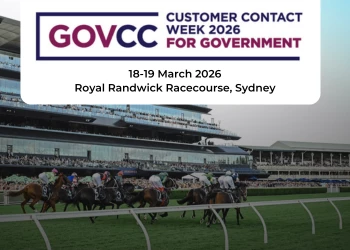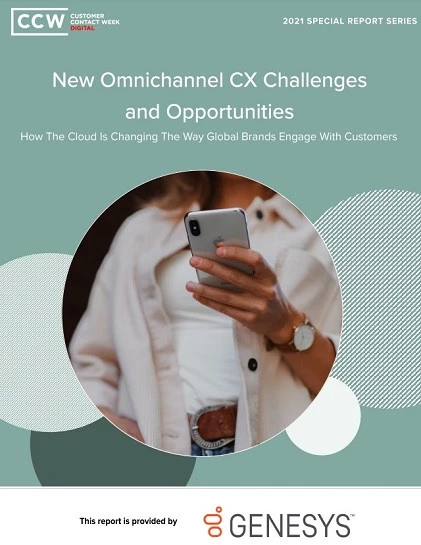First Tweet Resolution and other New Contact Center Metrics
Add bookmark
As customer care and contact centers continue to evolve, so must the metrics that centers measure. Sure, some classic metrics – such as service level, quality and C-Sat – will be around forever; however less pertinent and impactful ones will fade away while newer, sexier measures emerge.
For example, in the early years of customer service, metrics like ATTCT (Average Time Till Carpal Tunnel) and NRPC (Number of Reps Per Cubicle) ruled the roost, but have since become secondary or tertiary metrics in most modern contact centers. As have such measures as HSPH (Headset Shocks Per Hour) and AAL (Average Agent Lifespan).
So, what fresh new metrics can we expect to emerge and soon bloom into powerful key performance indicators? I recently asked several noted contact center practitioners, consultants and analysts their opinion on the matter, but I forgot to record our conversations or take any notes, so here are my new KPI predictions instead:
FTR – First-Tweet Resolution. This will become an increasingly critical metric in this crazy age of social media. FTR measures the percentage of angry customers on Twitter that the contact center is able to "silence" before the customer posts any more tweets about how much they hate your company.
For example, let’s say that 10 of your customers write an incendiary comment about how the last agent they spoke to on the phone was an idiot or how your IVR system made them want to commit a violent crime. If your center is able to contact and persuade seven of those customers to not launch any additional 140-character verbal barrages, then your FTR rate would be 70%. But you will never achieve an FTR rate of 70% because 90% of human beings need Twitter to get the attention they desire but don’t get at home or work. So just shoot for a FTR rate of 10%-20%.
Naturally, you don’t want the whole world seeing your desperate attempts to convince customers to stop flaming about your company on Twitter. Instead, it’s best to send each fuming customer a friendly private message via Twitter asking them to kindly call or email you to discuss how you might get them to shut up.
ART – Average Refrigerator Time. This metric’s emergence is a direct result of the recent proliferation of home agents in the contact center industry. ART measures how many minutes per shift a home agent spends searching for snacks in the kitchen when they are scheduled to be on the phones. In contact centers that have a large percentage of former high school football linemen and/or aspiring Sumo wrestlers among their remote staff, ART is measured in hours rather than minutes.
[eventpdf]
To effectively measure ART, it’s essential to install in each home agent’s house a "fridge-cam" that captures and records every trip the agent makes to the kitchen while on the job. Unfortunately, it’s highly illegal to do so; nevertheless, the best contact center managers know that sometimes you have to break the rules in order to maintain the tradition and integrity of accurate and precise metric measurement.
Most contact centers struggle to keep ART within acceptable ranges – not just because of the irresistible lure that the refrigerator presents for home agents, but also because most managers and supervisors in charge of home agents are uncomfortable telling an employee that he should watch his carb and fat intake. Some of the most forward-thinking centers have succeeded in lowering their ART rate by installing in each home agent’s fridge a sound card that says something like "You disgust me" or simply "AGAIN?" each time the refrigerator door is opened.
HSPH – Hand Spasms Per Hour. As web chat has grown as a customer contact channel, so have the debilitating finger cramps of the agents who handle chat sessions. A recent study that I conducted or maybe just had a dream about showed that contact centers that offer chat are 94.3% more likely to have agents who have hands that look like crab claws.
Thus, HSPH is fast becoming a critical metric in chat-handling centers that don’t like their employees looking like crustaceans. To measure HSPH, centers simply need to attach to the hands of each chat agent a small non-invasive electrode that detects each muscle spasm that occurs. HSPH scores in the 10-15 per hour range are considered normal; anything over that is a sign that the agent is at risk for moderate to severe hand cramping that could hinder their ability to compose coherent messages during chat sessions with customers. Once an agent’s HSPH score approaches 50 or more per hour, there is nothing left to do but pronounce their hand(s) legally dead, then move them into Sales, where all they’ll ever need to use is their mouth.
Want to read more of Greg's ideas for the call center? Check out Making Home Agents Feel at Work.












